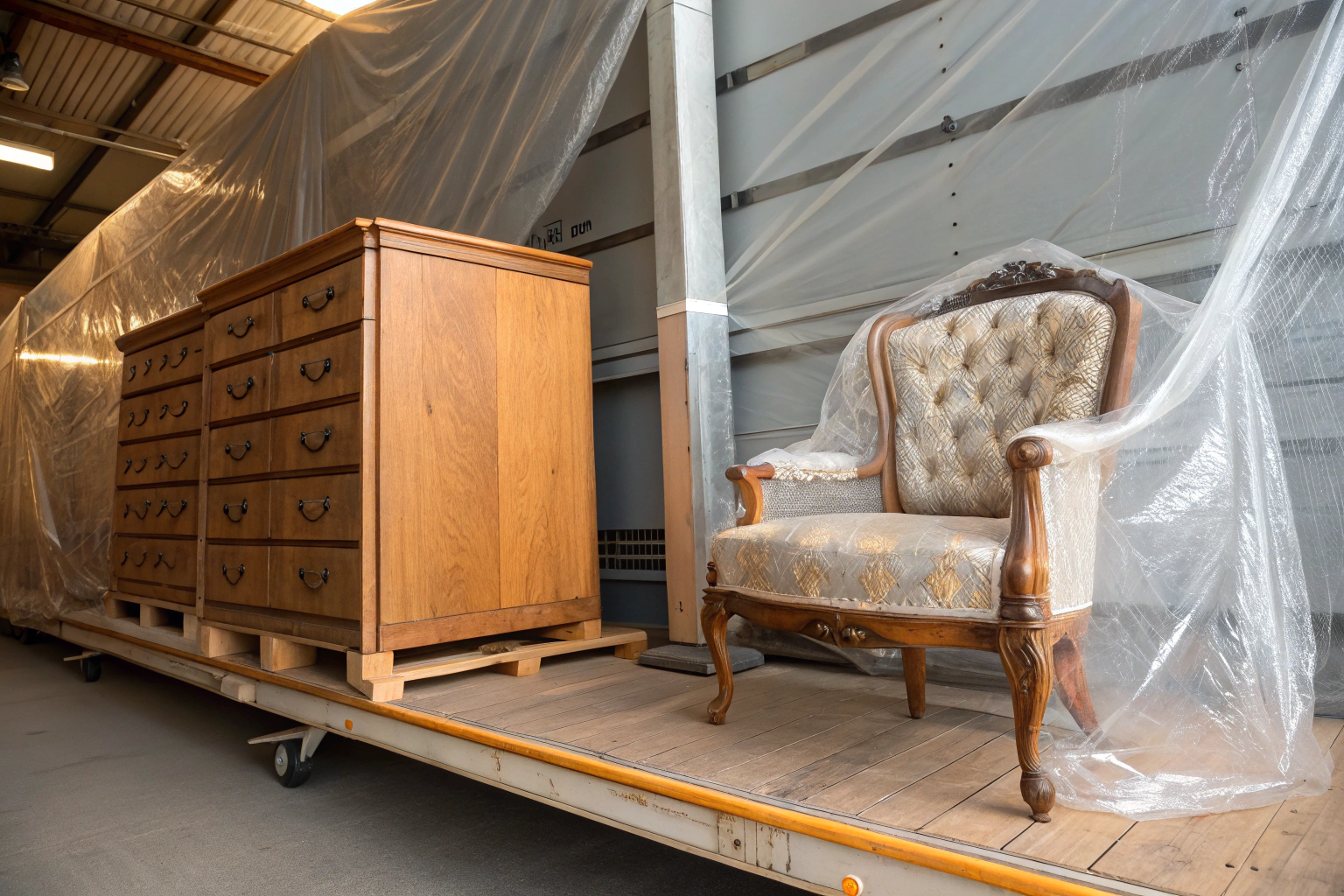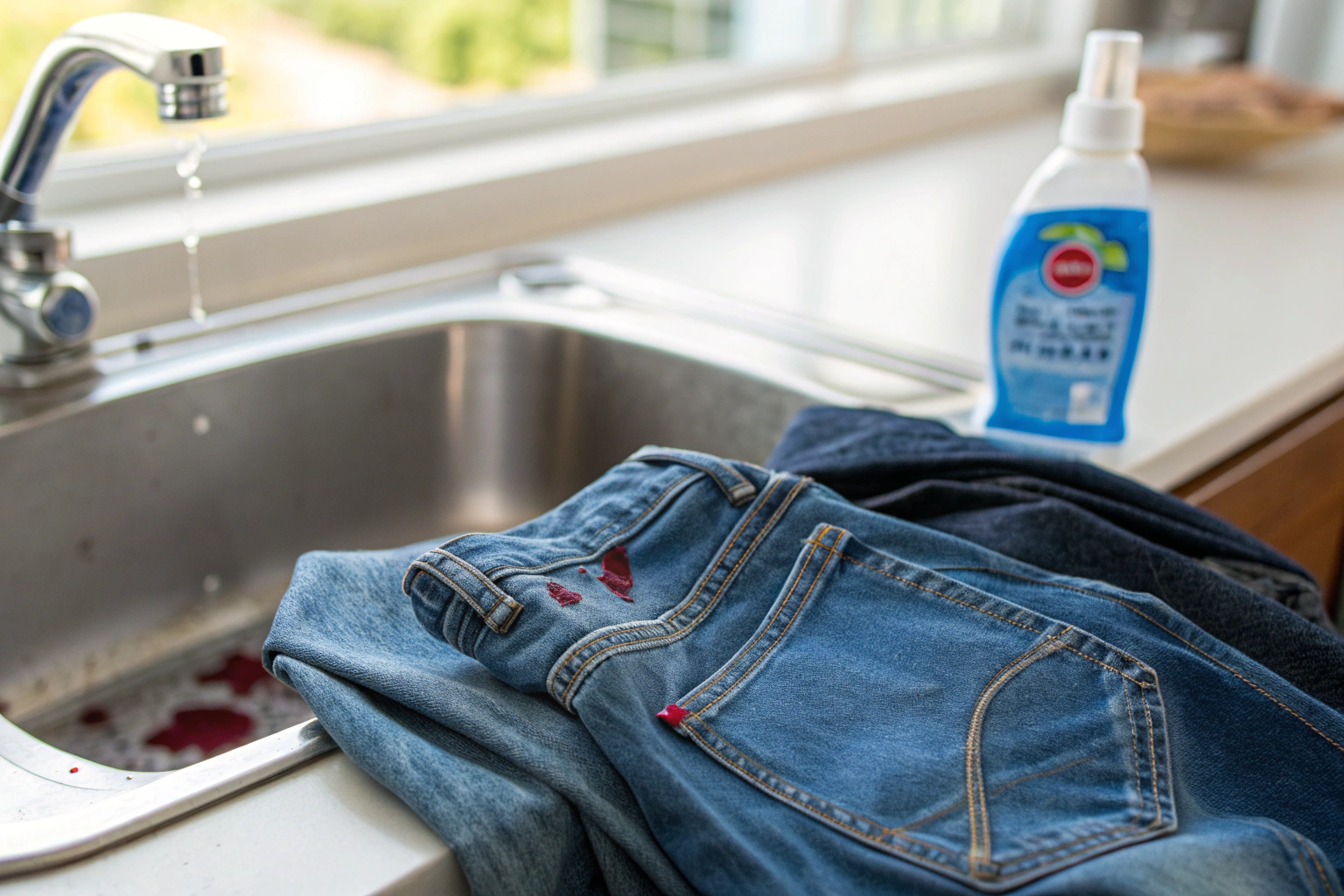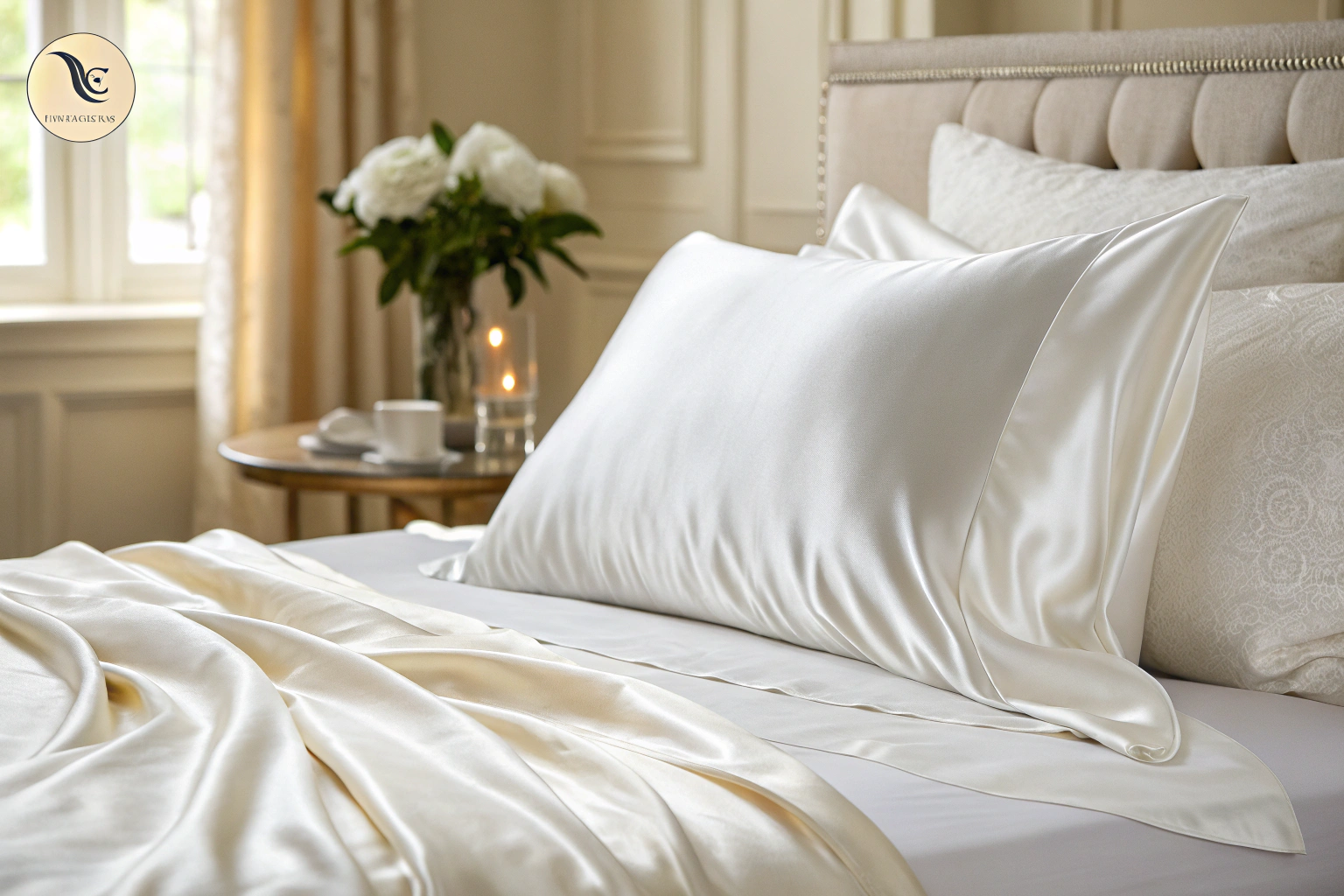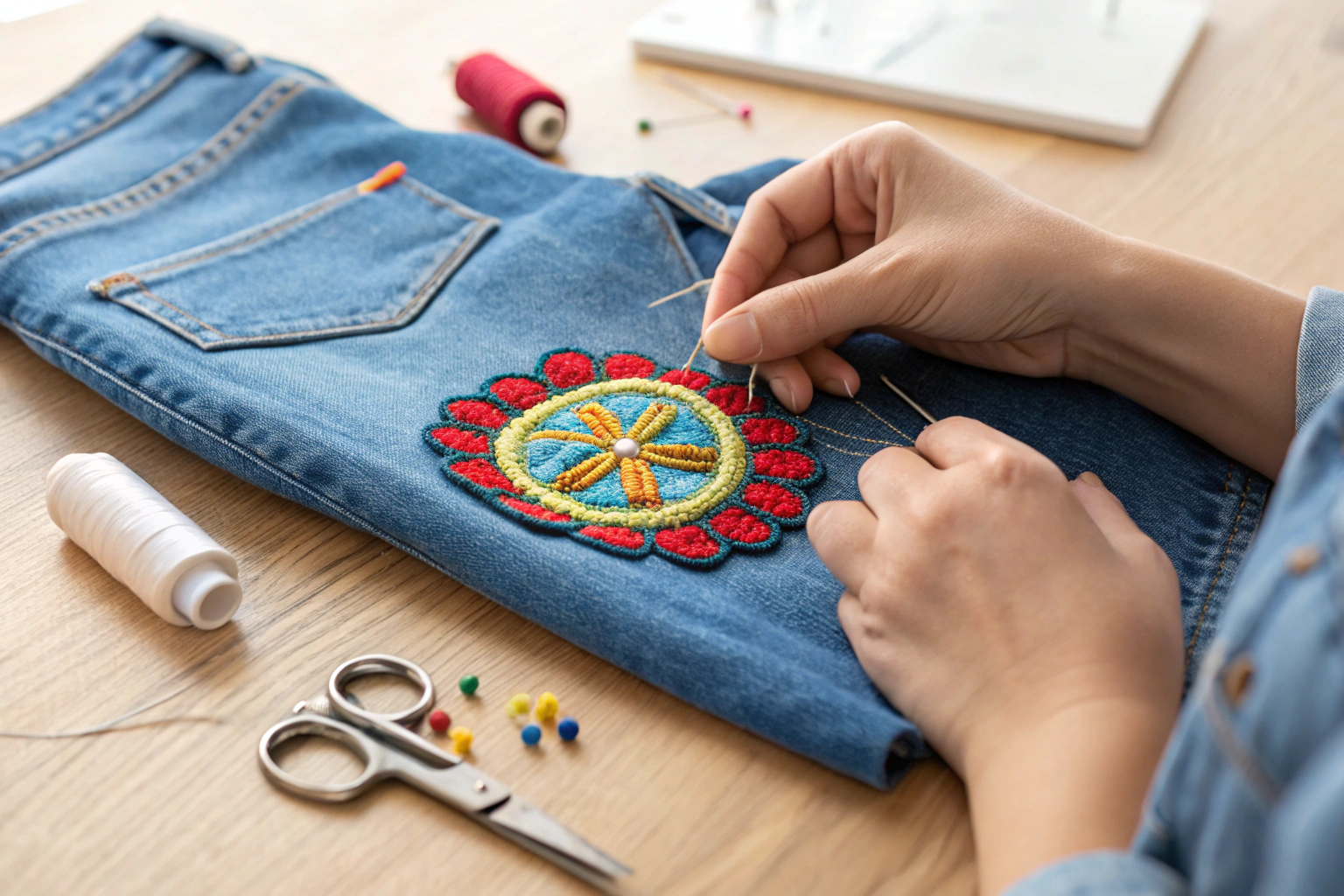How to Protect Furniture in Storage from Mice: The Best Way to Stop Rodent Damage
Discover expert strategies for protecting wood furniture in storage from mice with proven barrier methods, repellents, and maintenance tips from a professional who’s saved countless valuable pieces from rodent damage.
Introduction to Mice Threats in Storage Units
As a seasoned pest management specialist, I’ve encountered some distressing mouse infestations in high-end storage facilities, witnessing the havoc these tiny invaders can wreak on treasured belongings. One unforgettable case involved an unsalvageable mahogany armoire chewed beyond recognition. With mice infiltrating nearly 40% of storage units annually, safeguarding furniture in storage is imperative. Let me share my expertise to help you keep your valuable pieces intact.
Understanding Why Mice Target Storage Units
Mice love storage units for the shelter, warmth, and abundance of nesting materials they offer. These crafty rodents often gnaw and nest in furniture, leaving contamination in their wake. My studies across varied storage facilities highlight that furniture legs and soft woods are prime targets, severely susceptible to their sharp teeth and need to create nests.
- Shelter: Storage units provide protection from predators and weather.
- Nesting Materials: Fabric and fillings are perfect for nest building.
- Food Sources: Even minor residues can attract mice.
Signs of Mice in Your Storage Unit
Detecting early signs of mice can save your furniture from devastation. Many miss initial warnings like mouse droppings, presuming them to be mere dust particles.
- Mouse Droppings: Fresh droppings are dark and soft, while old ones are dusty.
- Gnaw Marks: Distinct parallel tooth marks on furniture.
- Nesting Materials: Shredded fabric or paper in corners.
Essential Preparation Steps Before Storage
My professional pre-storage preparation protocol has preserved numerous valuable items. Thoroughly clean each piece, eliminating all food traces. I recall a client’s antique collection saved by our rigorous cleaning and pest inspection measures prior to storage.
- Thoroughly clean furniture, focusing on hidden areas like undersides.
- Inspect for existing pest issues and treat accordingly.
- Remove any food residues and wrap breakables securely.
Proper Cleaning Techniques to Deter Mice
The cleaning methods I employ prioritize eliminating attractants and creating an inhospitable environment for mice. My recommended vinegar solution proves superior at residue removal.
- Use a mixture of one part vinegar to three parts water for tackling food residues.
- Focus on hidden accumulation areas like chair undersides.
- Choose furniture-specific cleaning products to maintain finishes.
Treating Wood Furniture Before Storage
Applying quality furniture polish or beeswax can save wood furniture from mouse damage while preserving its condition. My go-to is a beeswax-based polish with natural deterrent properties.
- Utilize a beeswax-based furniture polish.
- Pay special attention to vulnerable sections like legs and undersides.
Physical Barriers and Protection Methods
Through years of experience, I’ve developed a multi-layered protection approach. Avoid single-barrier failures by using specific materials designed for rodent-proofing.
- Wrap furniture with rodent-proof covers that include breathable panels.
- Use plastic sheeting or heavy-duty moving blankets for extra protection.
- Seal all wraps securely with packing tape for rodent deterrence.
Best Materials for Wrapping and Covering Furniture
Choosing the right wrapping materials is crucial; certain popular options can inadvertently harm furniture.
| Material | Mouse Resistance | Breathability | Recommended Use |
|---|---|---|---|
| Plastic Wrap | High | Low | Short-term |
| Canvas Covers | Medium | High | Long-term |
| Moving Blankets | Medium | Medium | Moderate-term |
How to Cover Furniture to Prevent Mouse Damage
My specialized covering technique addresses rodent protection and maintains furniture condition. Avoid mistakes that can increase attraction.
- Wrap furniture legs individually with acid-free tissue paper.
- Use cotton or canvas covers to allow breathability.
- Seal all edges securely with twine or packing tape.
Elevation Strategies to Keep Furniture Off the Ground
Implementing elevation strategies minimizes ground-based rodent access. I’ve seen improper elevation lead to infiltrations.
- Use pallets or concrete blocks for elevation.
- Maintain a minimum height of 12 inches from the floor.
- Consider adjustable risers for uneven surfaces.
Natural and Chemical Repellents
Through trial, I’ve found cedar blocks with peppermint oil enhances repellent efficacy while safeguarding furniture.
| Type | Effectiveness | Safety |
|---|---|---|
| Cedar Blocks | High | Safe for all types |
| Peppermint Oil | High | Check compatibility with finishes |
| Ultrasonic Repellers | Medium | Electronic devices can interfere |
Special Considerations for Different Furniture Types
Tailor protection methods to material composition to mitigate vulnerabilities. My custom protocols ensure museums and high-value collections remain intact.
- Wood: Beeswax polish and careful wrapping.
- Upholstery: Breathable covers and separate cushion wrapping.
- Leather: Condition appropriately and use canvas wrapping.
Protecting Wood Furniture in Storage from Mice
Wood furniture has unique vulnerabilities to mice, but my treatment process mitigates these risks effectively.
- Apply beeswax or citrus oil polish for protection.
- Ensure all vulnerable wood areas are treated before wrapping.
Safeguarding Upholstered Furniture in Storage
Upholstered pieces require impenetrable yet breathable barriers to prevent nesting.
- Remove and separately wrap each cushion.
- Insert deterrent sachets between wrapped cushions and main pieces.
- Finalize with a breathable outer cover.
Creating a Climate-Controlled Environment
Optimal climate control is crucial for reducing infestation rates and maintaining furniture quality.
| Season | Temperature (°F) | Humidity (%) |
|---|---|---|
| Winter | 55-65 | 30-45 |
| Summer | 65-75 | 45-55 |
Creating a Maintenance Plan for Long-Term Storage
Implementing a maintenance schedule ensures long-term furniture protection.
- Conduct monthly inspections for signs of pests or damage.
- Log conditions, noting any noticeable changes or new threats.
What to Do If You Discover an Infestation
In the event of an infestation, swift action is necessary to mitigate damage. My protocol involves immediate containment and assessment.
- Quickly seal exposed items and isolate them from unaffected pieces.
- Contact pest control services for professional assessment and cleaning.
- Evaluate each piece for salvageability and begin restoration if feasible.
Conclusion: Implementing Your Comprehensive Protection Strategy
By adopting these multi-layered protection strategies, you can preserve the beauty and function of your furniture while avoiding potential damage costs. Each piece carries unique memories and craftsmanship—taking the time to protect them ensures they remain part of your story for years to come.
- Thorough cleaning and preparation.
- Layered protective covers and elevation.
- Consistent monitoring and maintenance.
- Prompt response to infestations.





